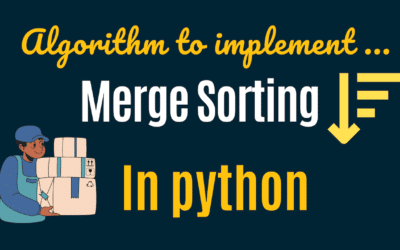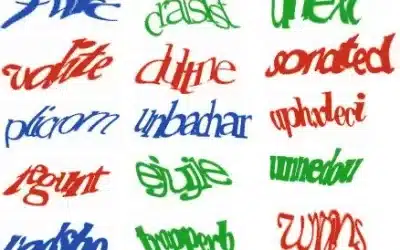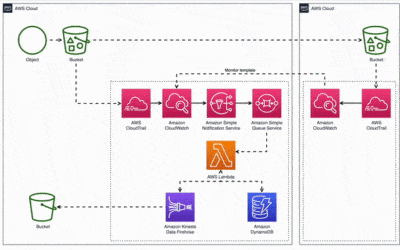Introduction The Three-Number Sum problem is a classic algorithmic challenge that involves finding all unique triplets in an array that add up to a given target sum. This problem is both intriguing and useful, as it has applications in areas such as data analysis,...
Medium
Quick Sort: Understanding and Implementing in Python
Among the various sorting algorithms available, Quick Sort stands out as one of the efficient and widely used sorting algorithms. Although, it can offer a worst case time complexity as O(n^2) but it offers a best and an average-case time complexity of O(n log n) and...
Dijkstra’s shortest path algorithm
Dijkstra's shortest path algorithm is a widely used algorithm in computer science that finds the shortest path between nodes in a graph with non-negative edge weights. It was developed by Edsger W. Dijkstra in 1956 and has since become a fundamental algorithm in...
Merge Sort in Python: The Ultimate Guide
If you're a programmer or data scientist, you've probably heard of the merge sort algorithm. Merge sort is a popular and efficient sorting algorithm widely used in computer science. In this guide, we'll explore what merge sort is, how it works, and how to implement it...
Welcome to the Algo-World
Are you interested in learning about different types of algorithms and how they can be implemented in Python? Are you preparing for technical interviews with companies like Google, Facebook, Amazon, and other top tech companies? Then you’ve come to the right place! Welcome to our new blog on algorithms in Python.
Gigabytes vs. Gibibytes: Decoding the Storage Capacity Confusion
GB and GiB: Do you think that GB and GiB are used interchangeably and they mean the same thing? Are they equal? Well,...
How does I’m not a robot” checkbox work?
When you’re prompted to tick a basic checkbox “I am not a Robot,” you might wonder: if robots can accomplish nearly...
Two simple Steps to Animate your Draw.io diagram
Ever felt lost trying to understand how a website works or how your data gets from point A to point B? Flow diagrams...







